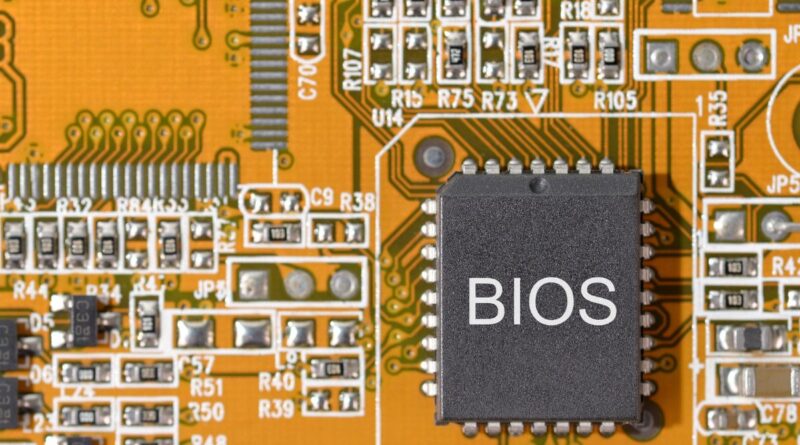Accessing BIOS might seem complicated at first, but I’m here to guide you through this process step by step. BIOS (Basic Input/Output System) is essential for managing your computer’s hardware settings, and knowing how to enter it can help you solve various issues or optimize your system’s performance. Whether you need to change boot order, adjust hardware settings, or troubleshoot problems, I’ll show you different methods to access BIOS on various systems.
Spis treści:
Common Keys to Enter BIOS
Different computer manufacturers use different keys to access BIOS. The most common keys include Del, F2, F10, F12, or Esc. For example, Dell computers typically use F2, while HP often uses F10. You’ll need to press these keys repeatedly during the boot process, usually right after turning on your computer. The correct key often appears briefly on the screen during startup with a message like “Press [key] to enter setup.” If you’re unsure which key to use, you can try each one or look up your specific computer model online.
Modern Windows Method
If you’re using Windows 10 or 11, there’s an alternative way to enter BIOS. Go to Settings > Update & Security > Recovery > Advanced Startup > Restart Now. After your computer restarts, select Troubleshoot > Advanced Options > UEFI Firmware Settings > Restart. This method is particularly useful if your keyboard doesn’t respond during the regular boot process or if your system boots too quickly to catch the traditional BIOS key prompt.
Common Issues and Solutions
Sometimes, you might encounter difficulties entering BIOS. If the traditional method doesn’t work, try turning off Fast Startup in Windows (Control Panel > Power Options > Choose what the power buttons do). Another common issue is pressing the key too late – you need to start pressing it immediately after powering on the computer. If your computer boots too quickly, you can hold down the Shift key while clicking Restart in Windows to access the advanced startup options.
Safety Precautions
Before making any changes in BIOS, it’s important to understand what you’re doing. Take note of current settings before changing them, so you can revert if needed. Don’t modify settings unless you’re sure about their function. If something goes wrong, you can usually reset BIOS to default settings using an option within the BIOS menu or by removing the CMOS battery (though this should be a last resort). Remember that incorrect BIOS settings can prevent your computer from booting properly.
UEFI vs Legacy BIOS
Modern computers use UEFI (Unified Extensible Firmware Interface) instead of traditional BIOS. While the access methods are similar, UEFI offers a more user-friendly interface with mouse support and graphical menus. It also provides better security features and faster boot times. However, the basic principles of accessing and navigating these systems remain the same, whether you’re using legacy BIOS or modern UEFI.
